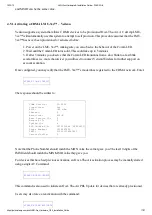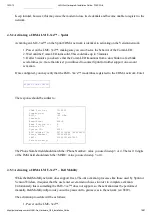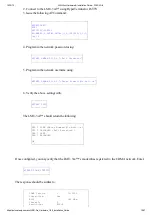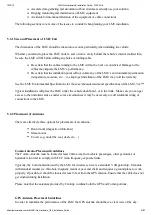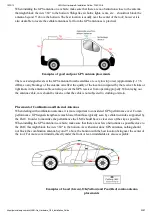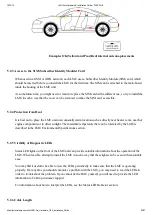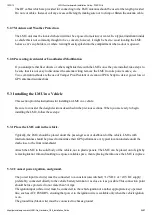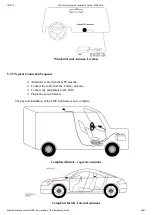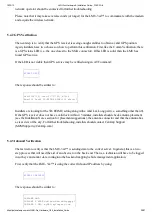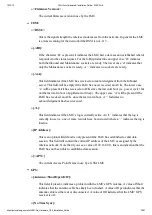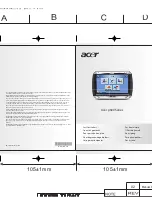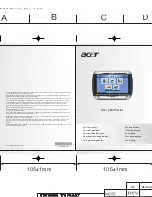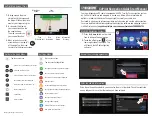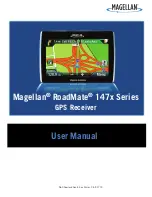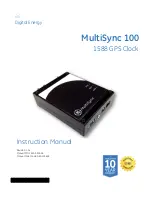
10/12/13
LMU-3xx Hardware & Installation Guide - PULS Wiki
https://puls.calamp.com/wiki/LMU-3xx_Hardware_%26_Installation_Guide
16/37
Only enter this next command if you have been given a non-zero PIN as any errors may lock you out of the
modem.
AT$APP PIN <SIM pin>
You can confirm activation by watching the Comm LED to see if it goes solid. You may also confirm
activation using
AT$APP COMM STATUS?
A good response should look similar to the following:
GSM Registered: Yes
GPRS Registered:
Yes
Connection:
Yes
RSSI:
-70 dBm
BER:
0
Channel:
0
Cell ID:
0
Base Station ID:
0
Local Area Code:
0
Network Code:
38
Country Code:
310
IMEI (Modem S/N):
500167110060440
IMSI (SIM S/N): 310380100521849
Phone Number:
GPRS APN:
IP:Public
Quality of Srvc:
1,0,0,3,0,0
GSM Class:
B
4.4 Accessing the SIM
4.5 Activating a CDMA LMU-3xx™
Check with the CalAmp Sales team for availability of the LMU-3xx™ with CDMA modems. For
CDMA devices, the activation sequence you will use varies from carrier to carrier. Each of the supported
carriers is documented below.
To obtain an account, a CDMA carrier will generally ask for three things, the Manufacturer, the Product Type
and the ESN. Obviously the first two items are answered by “CalAmp LMU”. The last one is a little
misleading. The ESN on the LMU is the CalAmp serial number. The one the operator is interested in is the
MSN-D (which they call the decimal ESN). DO NOT give them the CalAmp ESN (i.e. the top one on the
label). It will only lead to the carrier telling you that the product doesn’t exist and they can’t activate it for you.
What you should get back will vary from operator to operator; however at very least it will be the MDN
(Mobile Directory Number) and MIN (Mobile Information Number). You should also ask for the SPC
(Service Programming Code) in case it is not 000000. The SPC is effectively a password to the modem which
allows you to program some of the more sensitive items (ex: the MDN and MIN). Please note that the MIN
















